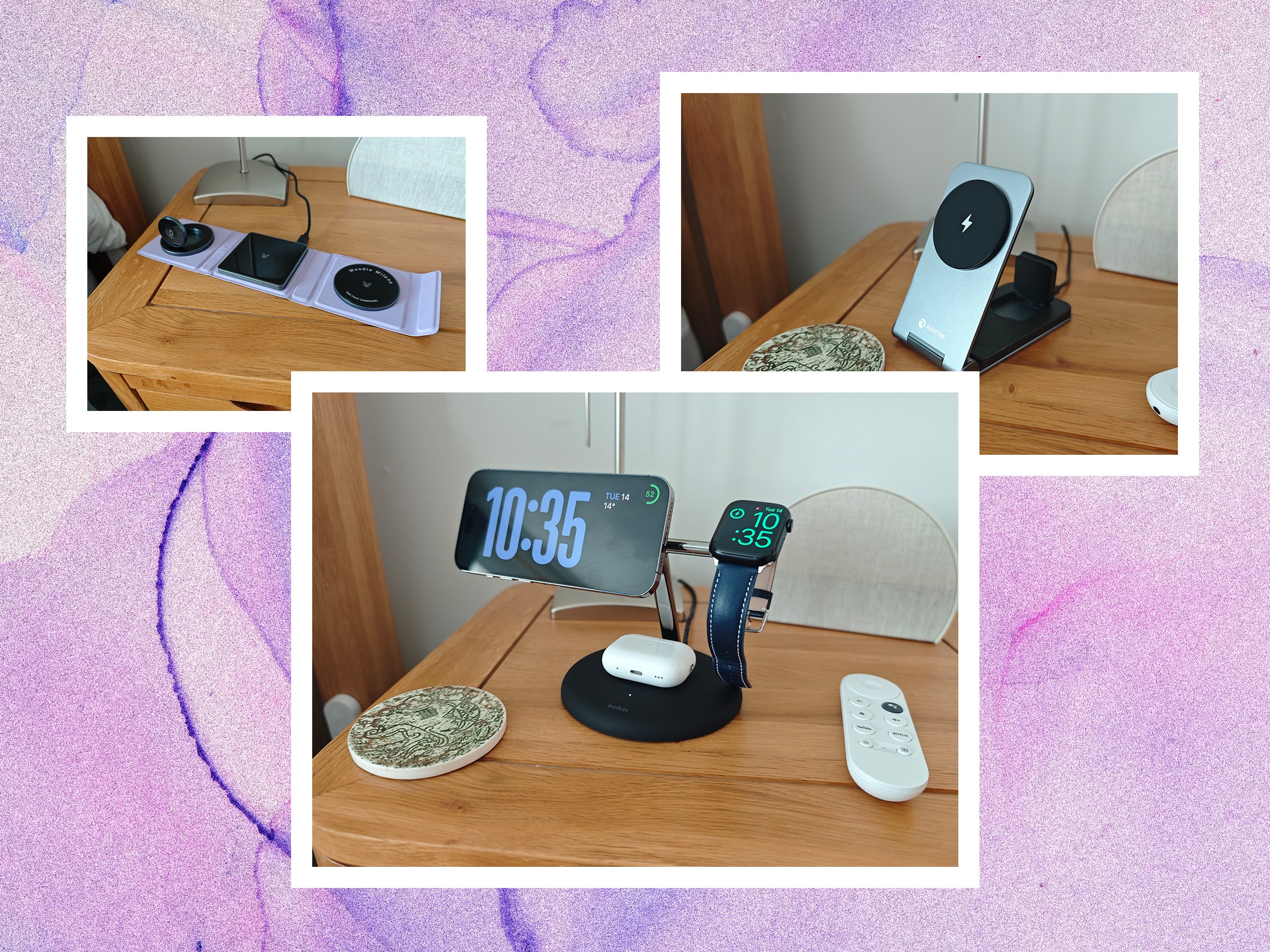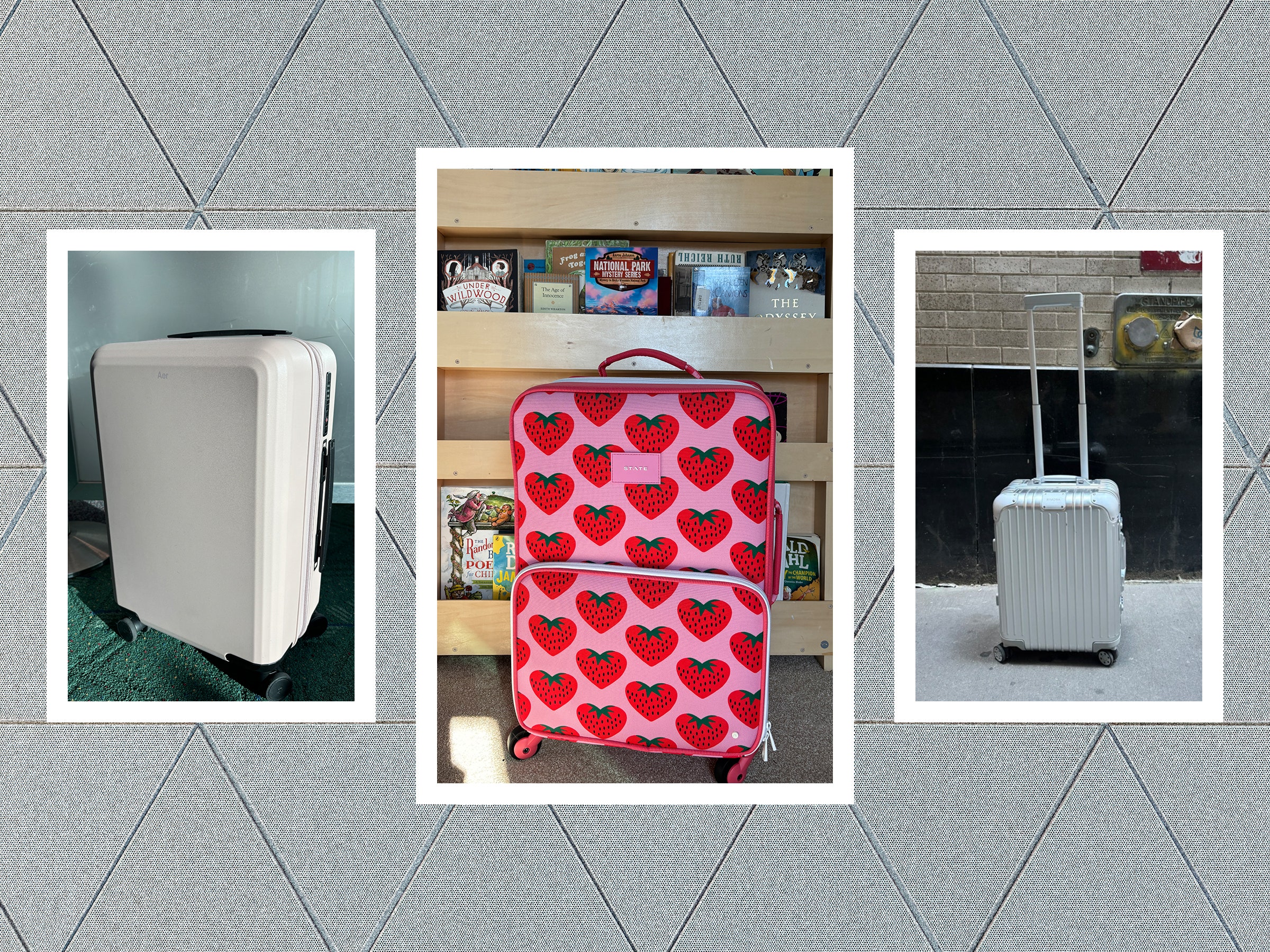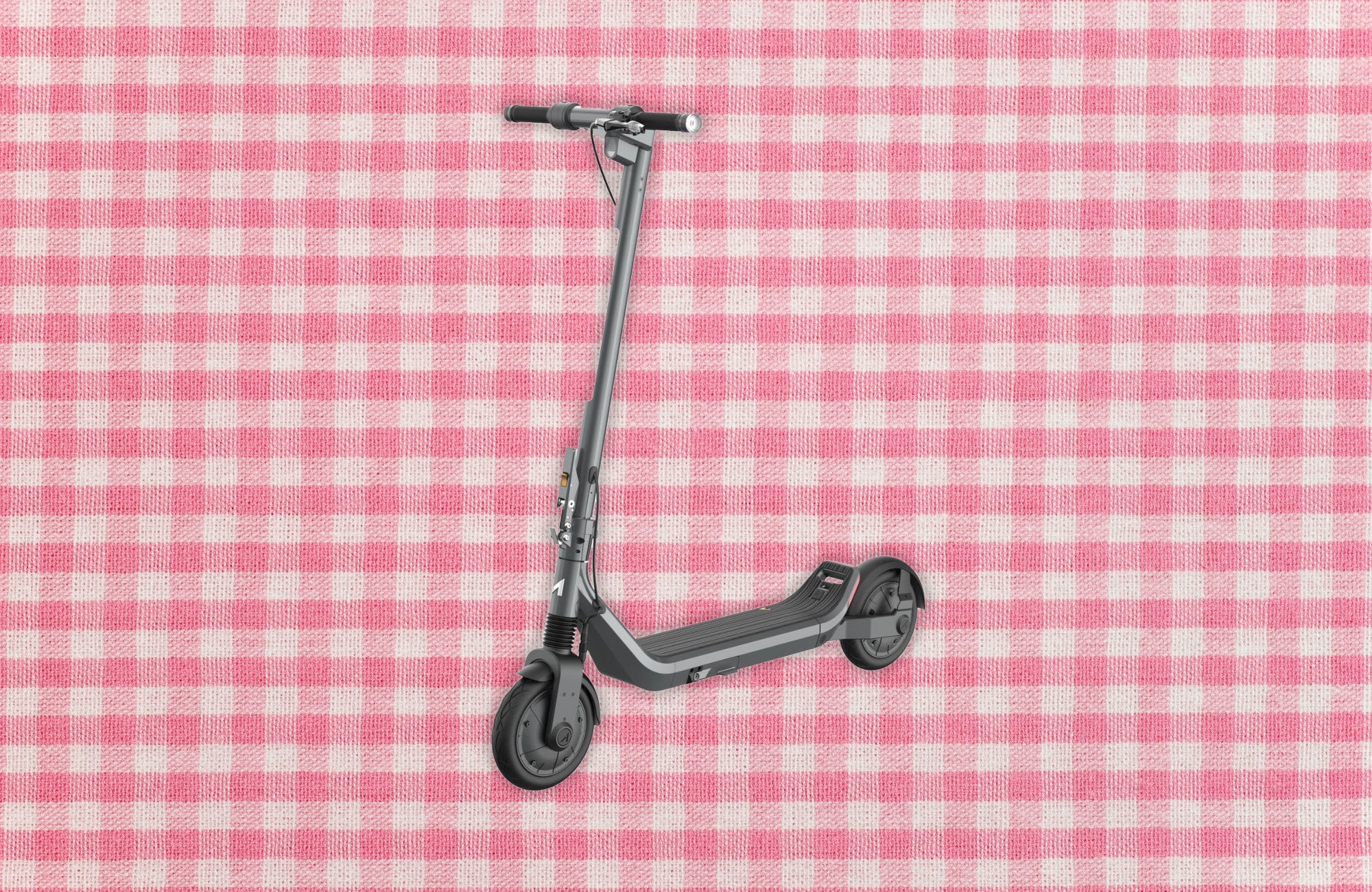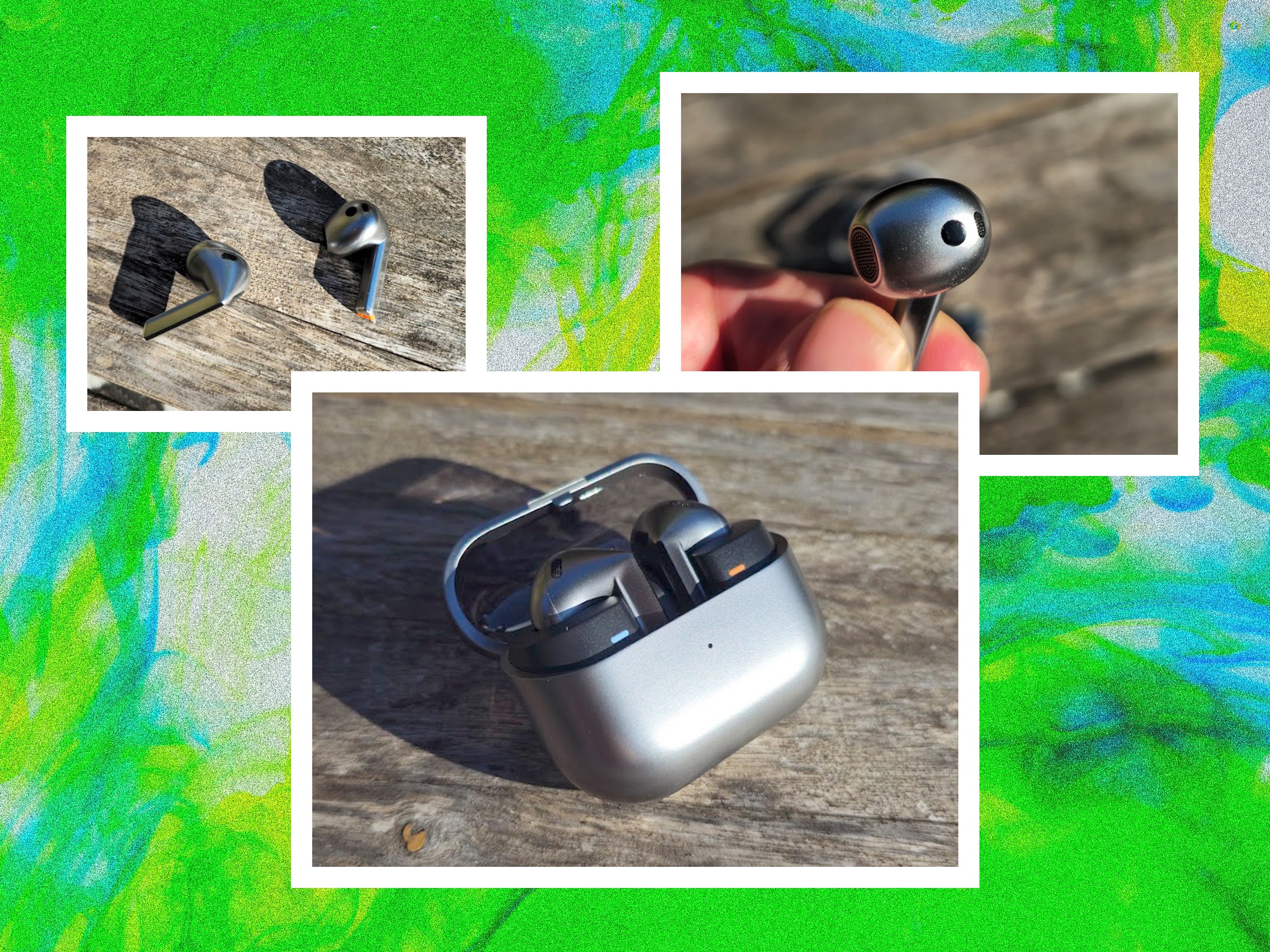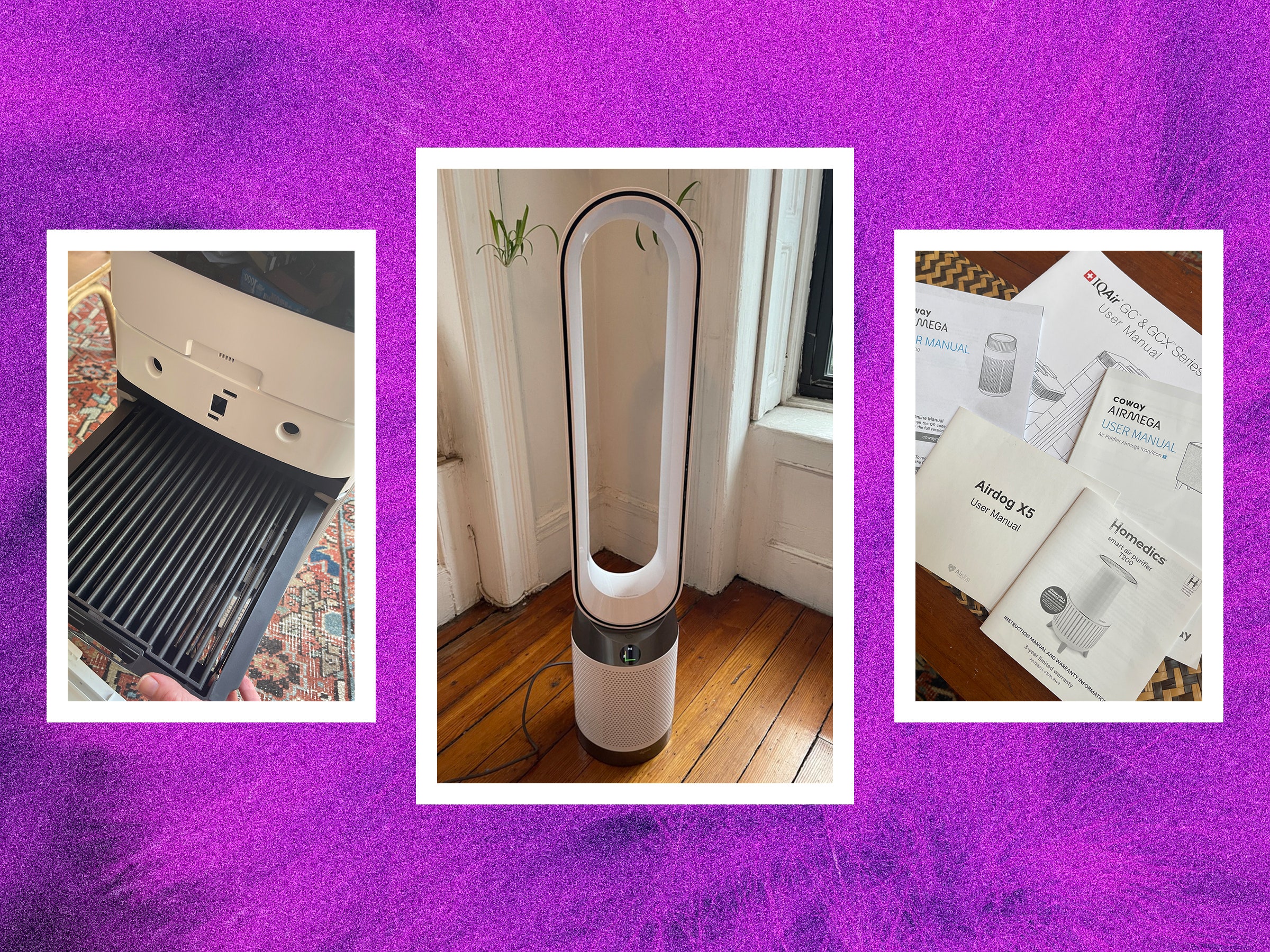
I’m not saying I would do this, but if I visit your home, I might look around to see if you have an air purifier. If you have one, I might estimate the cubic footage of your room and then, if I’m left alone, I might open the purifier to look at the filter.
I know I’m being a bad guest, but I am in the service of a greater good.
Depending on what I find, I will fight the urge to tell you that your air purifier is too small to effectively clean the room, or that the purifier shouldn’t be placed against a sofa or a wall, or that the filters need to be changed, or worse—the plastic encasing the filter was never removed when the purifier was first purchased.
This urge to give unsolicited indoor air advice goes deep. I knew no better until I was on the air quality beat. I didn’t think about my indoor air, nor did I understand how making a few changes and using an appliance or two could have a lasting impact on my health, the quality of my sleep, and my mental acuity. And I want the same for you. Be sure to check out our related guides, like the Best Air Purifiers, Best Indoor Air Quality Monitors, and Best Robot Vacuums.
Power up with unlimited access to WIRED. Get best-in-class reporting that’s too important to ignore for just $2.50 $1 per month for 1 year. Includes unlimited digital access and exclusive subscriber-only content. Subscribe Today.
Size Matters
Know the room size
Photograph: Lisa Wood Shapiro
Ceiling height relates to purifier strength needed
Photograph: Lisa Wood Shapiro
You might have an air purifier already. Is that the right air purifier for the room? I, too, used to think a small, aesthetically pleasing air purifier was all I needed. Not anymore.
First, find out the square footage your air filter is sized for and realize that air purifiers are often sold promoting the square footage at their highest setting. Remember, the highest setting is also the loudest setting.
Most likely, you’re not blasting your purifier, so then what is the square footage for the setting you usually use? And you’re looking for this formula: What are the number of air exchanges that can happen in a specific-sized room within an hour?
The ideal number, known as the clean air delivery rate, or CADR, is found on the air purifier’s label. The higher the number, the larger the room it can clean. Be aware that the CADR is based on rooms with 8-foot ceilings. If your ceilings are higher, like those found in an A-frame, you’ll need a purifier with a higher CADR.
The Right Fit for the Right Speed
Photograph: Lisa Wood Shapiro
You’re not entirely done when you figure out the CADR. There’s still an air quality Goldilocks process that needs to happen. For example, if you’re using your air purifier in your bedroom, know that “sleep mode,” means the purifier is working at its lowest setting.
So if you bought a purifier to clean your 120-square-foot room and the purifier cleans a 120-square-foot room only at its highest fan speed, know that if it’s on sleep mode, it is no longer able to clean your room. That means, wherever you spend the most amount of time indoors, your purifier is slacking.
What’s a person to do? Buy a purifier that can clean at least double the square footage of your bedroom on its highest setting, so when you do have the purifier on sleep mode, you have at least four air exchanges per hour.
Sometimes companies are explicit about how many air exchanges happen at certain settings, sometimes they only list the maximum, and occasionally they are opaque. You may find yourself doing online sleuthing to find the answers you need.
Location, Location, Location
Owners manual will recommend wall distance
Photograph: Lisa Wood Shapiro
Do not place your next to an open door or window
Photograph: Lisa Wood Shapiro
Where you place your air purifier makes all the difference. Most air purifiers need to be away from the wall and furniture for proper airflow. Often the owners’ manual will show you the ideal distance; for some that means 20 inches from the wall, and others recommend placement at the center of the room.
And certain air purifiers, like the Atem X (9/10 WIRED Recommends), can sit flush against the wall due to their design. Also, the center of a room can be difficult depending on cord length and where your outlets are located.
Look Under the Hood
Photograph: Lisa Wood Shapiro
Have you checked your air filters lately? Have you opened your purifier and checked the prefilter (usually the one you can wash), your carbon-activated filter that captures toxic vapors, and the HEPA? Manufacturers often recommend how often filters need to be changed, and if you have a purifier that alerts you when the filter needs to be swapped out, even better.
More often than not, filters are wrapped in plastic when they leave the manufacturer, and you’ll need to manually remove it. If you want to stop reading and go check your purifier right now, that works.
Change and Wash Your Filters Regularly
Photograph: Lisa Wood Shapiro
Air purifier maintenance is part of keeping your indoor spaces full of good air. Because the filters in air purifiers are out of sight, they are often out of mind. Like flossing in between teeth, changing filters is part of good air hygiene. Your purifiers will last longer with a regular changing of the filters.
Some models suggest that the activated carbon filter gets changed more often than the HEPA, and some air purifiers have filters you can clean in the sink. If you read only one owner’s manual, make it the one for your air purifier.
Use Your Warranties
Photograph: Lisa Wood Shapiro
I view air purifiers as a long-term investment. I would pay more for a purifier that has a robust warranty. The Atem X is one of the more expensive large-room air purifiers on the market, at just under $1,400, but it has a 10-year warranty.
If you think about how many air purifiers you might purchase in a decade—say, three—the Atem X seems like the smart investment. Things go wrong with air purifiers; their air quality sensors get clogged, the control panels might stop working, the remotes no longer click. All of those issues can be resolved with a warranty.

